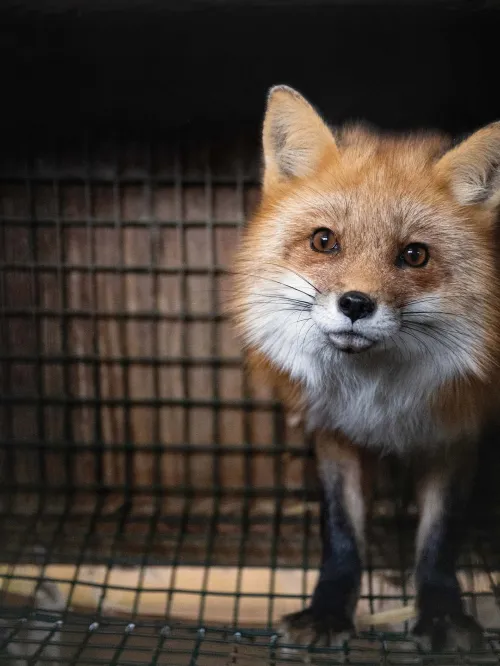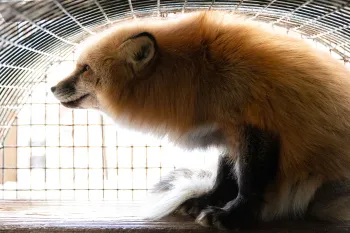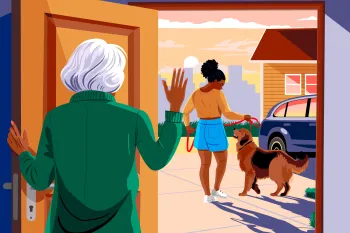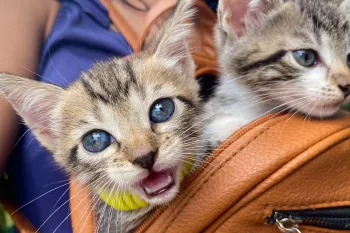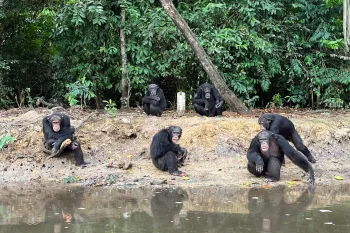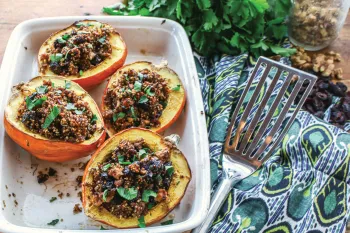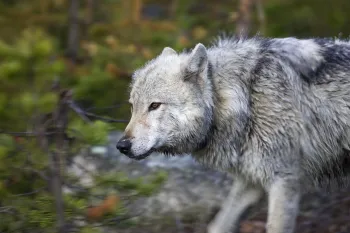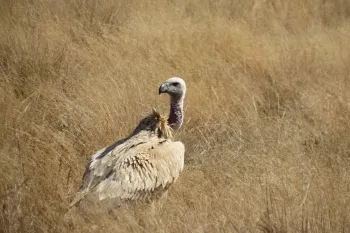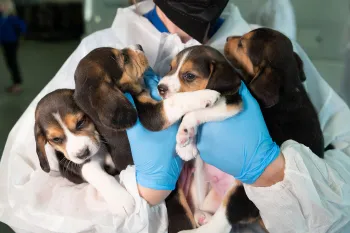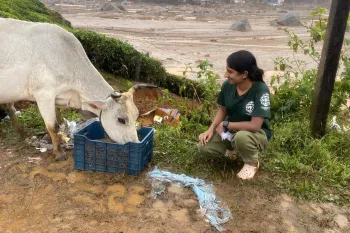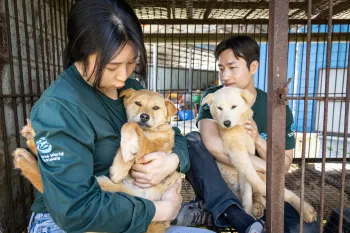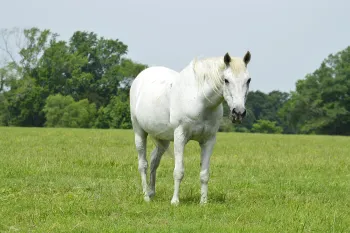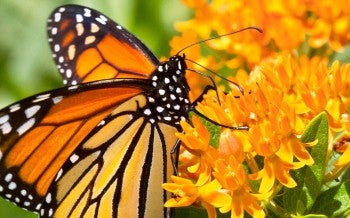Search our stories
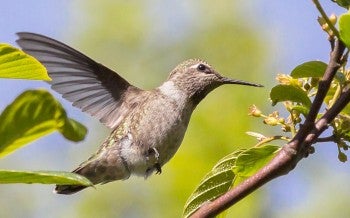
Even if you’re part of a homeowner association, a wildlife-friendly garden is possible.
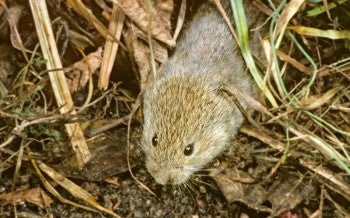
How familiar are we, really, with what lies below, let alone who eats, sleeps and breeds there? Instead of traveling afar for a sense of place in the universe, what if we paid more attention to what’s right underfoot?
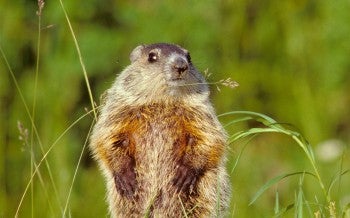
Being trapped and relocated is one nightmare that is a common reality for many backyard creatures. One minute they’re going about the business of survival, and the next, without warning, they’re whisked away from the only home they’ve ever known.
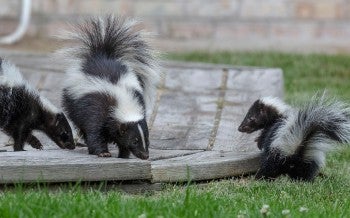
Myths abound about skunks, but these animals are gardeners’ friends.

Culling abundant deer populations is controversial and often ineffective. The HSUS is helping create humane alternatives.
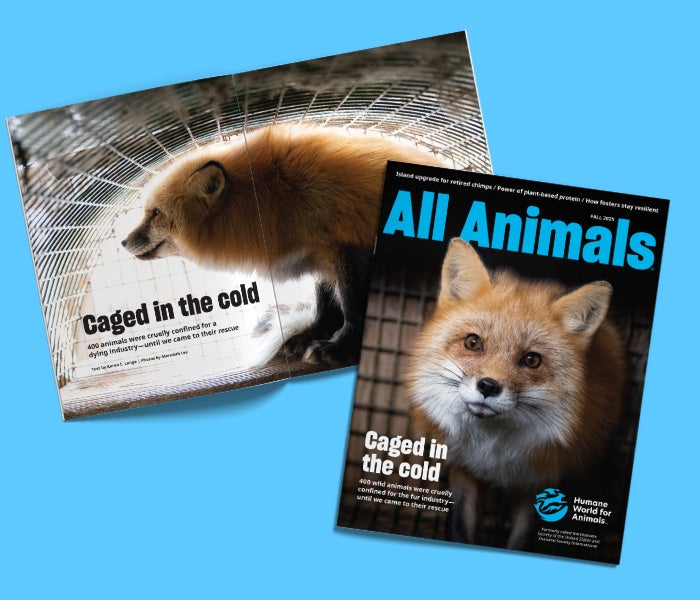
Humane World for Animals
Their voice. Your magazine.
Every animal has a story, one they cannot tell in words—but we can. Sign up today to stay informed and inspired by the latest news in animal welfare around the globe.
